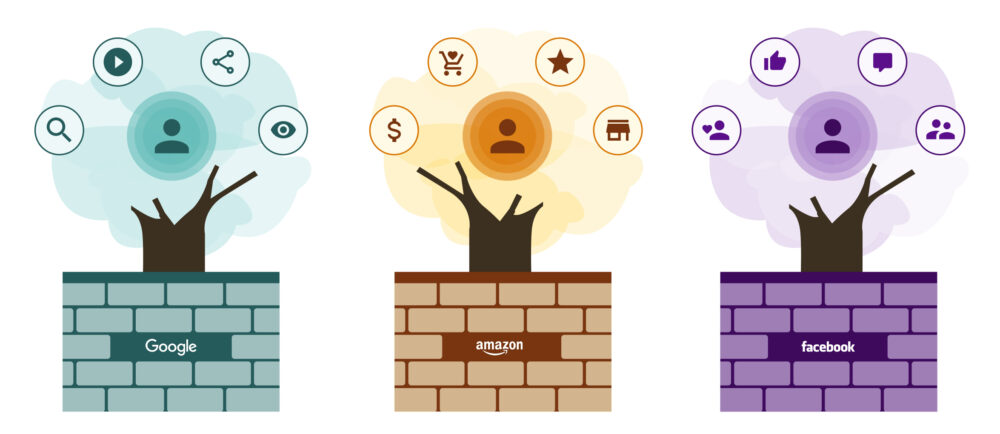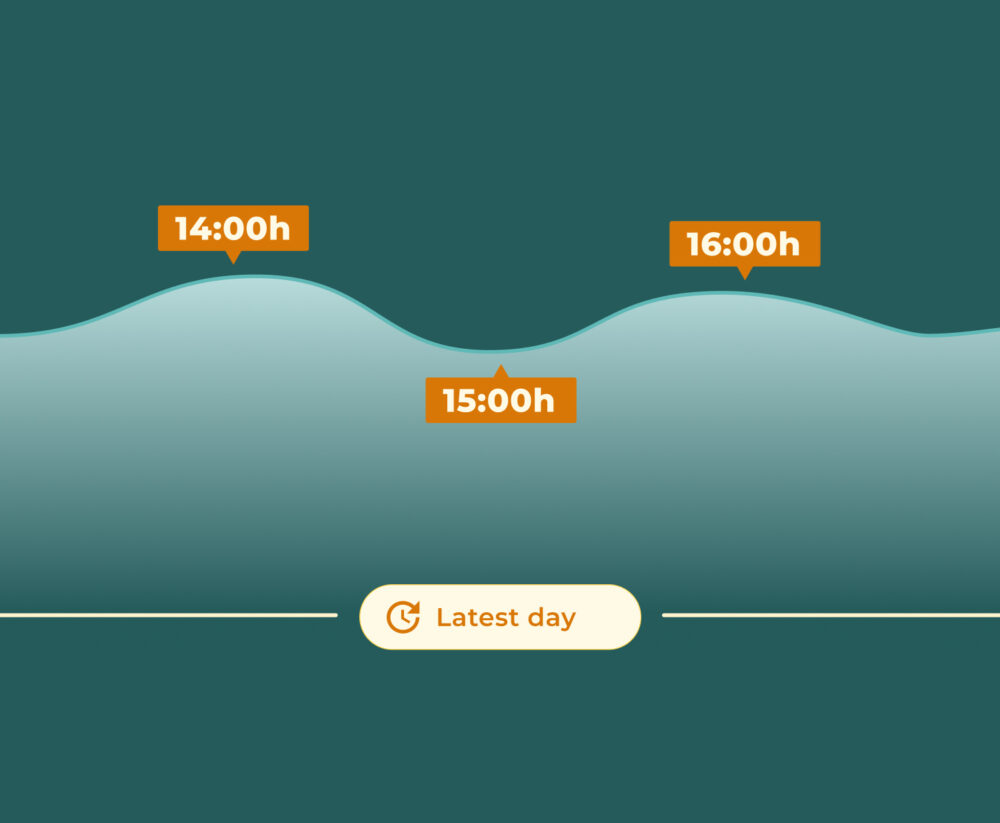Advanced Attribution Measurement in Retail Media: Beyond the Last Click
Introduction: The Rise of Retail Media and the Urgency for Better Measurement
Investment in Retail Media, according to the latest forecasts, will exceed $169 billion in 2025, representing a 15.6% increase on the previous year. Growth is set to remain in double digits until at least 2029. These figures reflect how brands have identified a unique opportunity in these channels to connect with consumers at the precise moment of purchase. However, behind these multi-million-dollar investments lies a concerning paradox that threatens to limit the true potential of these strategies.
Despite this huge investment, many brands are still using a metric from the 1990s to evaluate the success of their campaigns. Last-click attribution assigns all the credit for a conversion to the final touchpoint before the purchase. This methodology is proving increasingly inadequate for a multi-touchpoint digital landscape.
This limitation is not merely technical; it directly impacts the profitability of advertising investments. Advanced attribution models provide a better understanding of the customer journey. Thus, brands can optimise their investments in Retail Media with greater precision.
Why Go Beyond the Last Click?
To understand the limitations of the last-click model, let’s consider the case of a home appliance brand that launches a comprehensive campaign on Amazon. A potential customer first sees a display advert on the main homepage, where they become familiar with the product but continue browsing without taking any immediate action. Days later, when they need to replace their appliance, they actively search for options and click on a sponsored ad that reminds them of the brand. Finally, after comparing prices and reading reviews, they make the purchase after receiving a special offer via email.
With the last-click model, all the credit for this conversion is exclusively assigned to the promotional email, while the display and sponsored search ads appear as worthless investments. This perspective completely distorts the reality of the customer journey and can lead to erroneous optimisation decisions, such as cutting the budget for awareness channels that are fundamental to the conversion process.
The Current Reality of the Customer Journey
The customer journey has become exponentially more complex and multi-touchpoint. Modern consumers might discover a brand through social media, research products via organic searches, interact with digital advertising, visit physical stores to try products, and finally make the purchase on a completely different channel. Each of these touchpoints contributes differently to the decision-making process, creating a symphony of influences that the last-click model reduces to a single note.
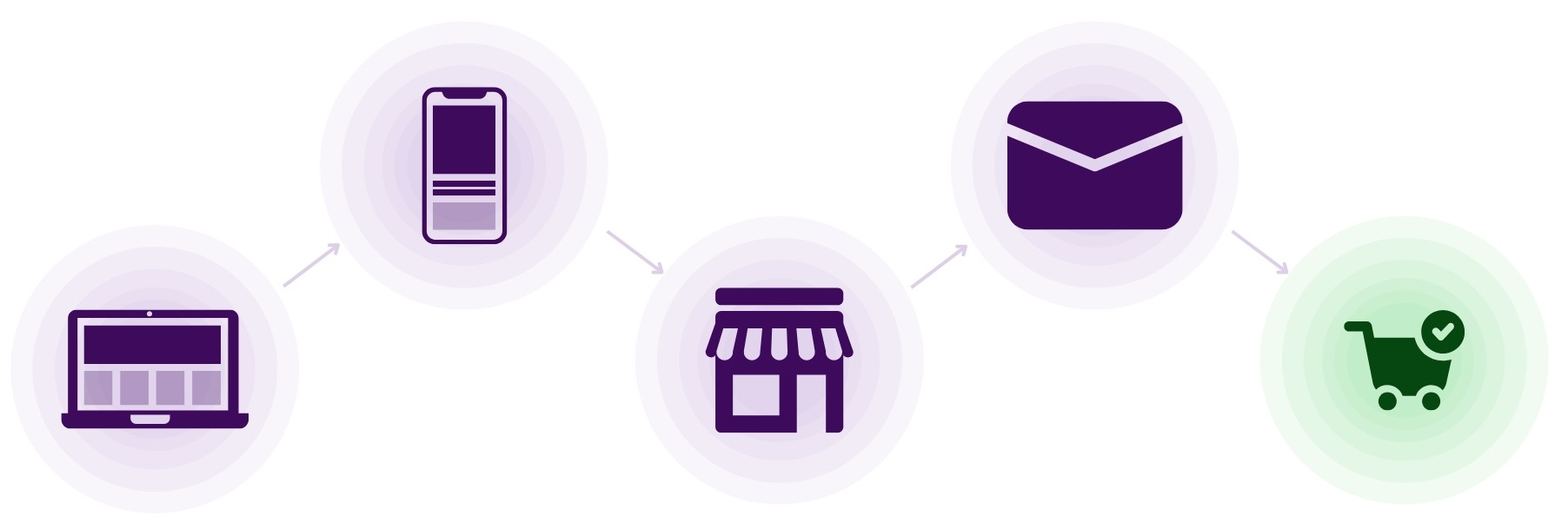
The omnichannel environment has fundamentally transformed consumer expectations, who now expect coherent and seamless experiences across all channels. This evolution has intensified the demand for real accountability from brands. Marketing directors need to justify every pound spent with precise metrics that demonstrate the return on investment for each channel and campaign. The pressure to show tangible results makes the last-click model particularly dangerous, as it can lead to the elimination of investments in channels that generate long-term value but not immediate conversions.
Furthermore, the last-click model completely overlooks offline impact. Considering that many purchases begin online but are completed in physical stores, this is a critical limitation. The lack of connection between channels makes it difficult to correctly evaluate the impact of digital campaigns. This can lead to misallocating budgets and reducing investment in media that strengthen awareness and consideration, thereby weakening overall marketing performance.
Advanced Attribution Models
Faced with these limitations, there is a growing need to adopt more sophisticated attribution models that can capture the true complexity of the customer journey. These models are mainly divided into two categories: rule-based and algorithmic, each with its own advantages and specific applications.
Rule-Based Models
Rule-based models distribute the credit for conversions according to predefined patterns. Although they maintain a certain rigidity in their application, they offer greater fairness than the last-click model. Moreover, they are relatively easy to implement and understand, making them an excellent gateway to more advanced methodologies.
- Linear Model: This is the most democratic approach, assigning equal weight to all touchpoints. If a customer interacts with five different ads before converting, each receives exactly 20% of the credit. This approach recognises the contribution of all touchpoints equally, although it does not consider the differences in the potential impact of each interaction based on its position in the funnel or its temporal proximity to the conversion.

- Position-Based Model: This seeks a more strategic balance, giving greater importance to the first and last click. Typically, it assigns 40% of the credit to the first contact (recognising its role in generating awareness), 40% to the last (valuing its function in closing the sale), and distributes the remaining 20% among the intermediate touchpoints. This model acknowledges both the importance of the first impression and the final push towards conversion.

- Time Decay Model: This introduces a more sophisticated perspective by giving greater weight to the touchpoints closest to the conversion. Recently viewed ads receive more credit than older ones, reflecting the natural loss of influence of impressions over time. It is useful for products with long purchase cycles, where recent interactions tend to have a greater influence on the final decision.
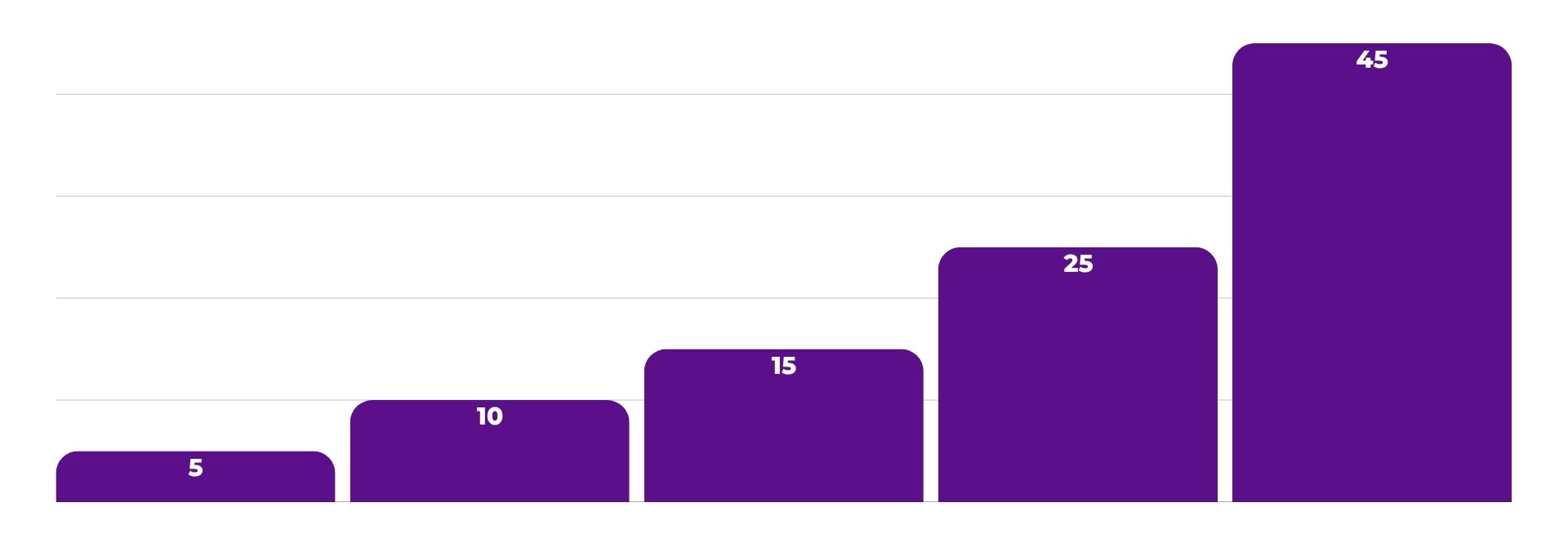
Algorithmic Models
Algorithmic models represent the most advanced frontier of attribution, using machine learning and big data analysis to determine the optimal distribution of credit. These systems analyse real behavioural patterns and assign value based on historical conversion data. They offer significantly higher accuracy than rule-based models.
- Data-Driven Model: This exemplifies this sophistication by analysing thousands of conversion paths to identify patterns in the data. The system calculates the probability of conversion for each touchpoint and assigns credit based on the actual contribution of each interaction, considering complex factors such as the sequence of touchpoints, the temporal context, and user characteristics. This is the model used by Google Ads.
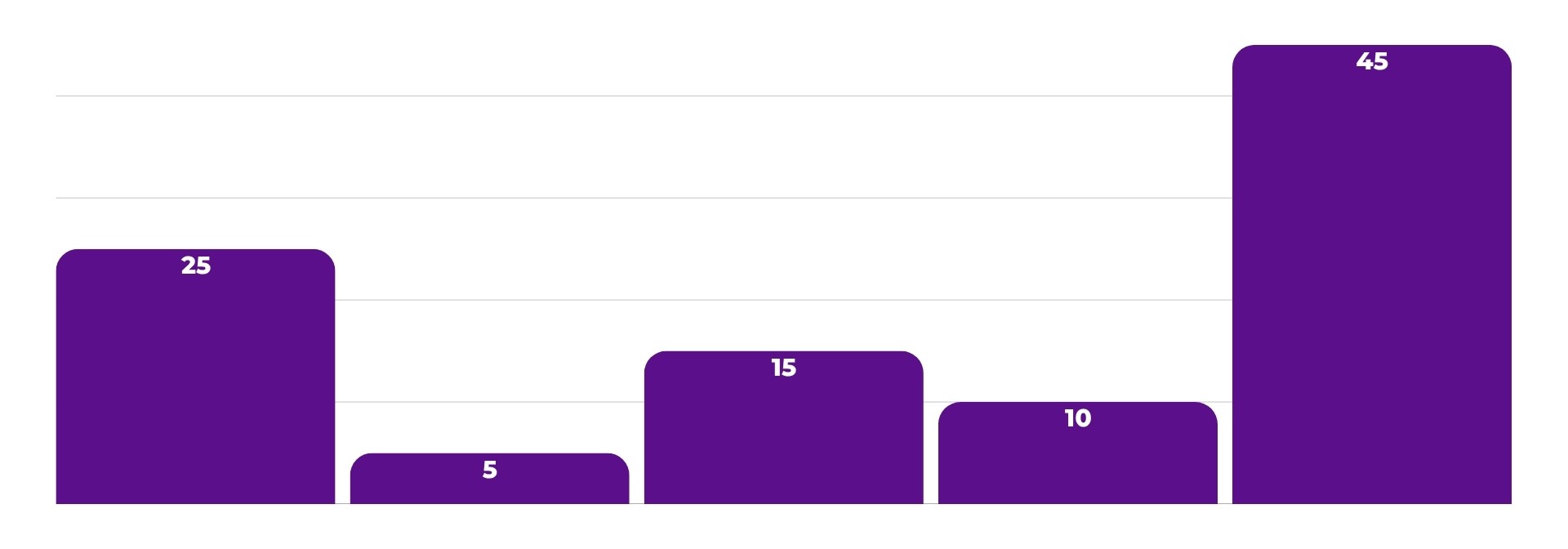
Machine learning algorithms can process extremely complex variables that would be impossible to handle manually. They consider factors such as the time elapsed between interactions, the type of device used, the time of day, the user’s geographical context, and even seasonal patterns. This sophistication allows for much more precise and contextualised attributions, constantly adapting to new data to improve their accuracy over time.
The main advantage of these models lies in their ability to automatically adapt to changes in consumer behaviour and their skill in providing deeper insights into the real performance of campaigns. Their implementation requires significant volumes of data and considerable technical expertise, which can be a barrier for smaller brands. However, the benefits in accuracy and optimisation usually justify the necessary investment.
Applying Advanced Attribution in Retail Media
Implementing advanced attribution models in Retail Media requires specific approaches and solutions tailored to the peculiarities of its ecosystem.
Peculiarities of the Retail Media Environment
Retail Media environments operate as walled gardens that significantly limit visibility between different platforms and sales channels. Amazon, Mercado Libre, and other retailers maintain closed ecosystems where user behaviour data remains within each platform, creating fragmentation that makes it extremely difficult to create a unified view of the customer journey.
This lack of visibility between channels creates significant blind spots in measurement. A campaign run on Amazon can decisively influence a subsequent purchase made in the same retailer’s physical store, but this connection remains completely invisible to traditional measurement systems. The disconnection worsens when consumers research on one platform, compare on another, and purchase on a different channel.
However, retailers also possess a unique advantage: they control both the inventory and the advertising within their ecosystems. This vertical integration offers exceptional measurement opportunities. They can directly correlate advertising exposure with purchases made on their platforms. And provide data with a precision impossible to achieve in more fragmented environments.
The context of immediate purchase fundamentally differentiates Retail Media from other advertising channels. Users browsing these platforms already have an established purchase intent, which means that attribution models must consider this particularity and adjust their algorithms to reflect a shorter but more intense conversion funnel.
Examples of Advanced Solutions
Recognising these specific needs, the main players in Retail Media have developed their own advanced attribution solutions. Amazon has launched Amazon Marketing Cloud, a sophisticated platform that allows brands to analyse the impact of different advertising formats on their sales results, providing granular insights into how various touchpoints contribute to the success of campaigns within the Amazon ecosystem.
Walmart Connect has gone a step further by providing attribution reports that cross-reference online and offline data. It allows brands to visualise how their digital campaigns impact sales in physical stores. This omnichannel visibility is crucial for integrated strategies that seek to maximise impact across multiple points of sale of the retailer.
In parallel, third-party platforms have developed innovative solutions to overcome the inherent limitations of walled gardens. They use advanced techniques such as incrementality testing, which go beyond correlation to measure the real and causal impact of campaigns. They compare users exposed and not exposed to ads to isolate the actual effect of the campaign and measure its impact with greater precision.
The Role of First-Party Data
In this context, brands’ own data plays an absolutely fundamental role in building effective advanced attribution models. This data allows for the connection of interactions between different touchpoints and platforms in a way that would be impossible using only third-party data or traditional cookies.
Brands can use their customer databases to significantly enrich attribution. They link online purchases with known profiles and incorporate demographic and behavioural data to increase the accuracy of attribution models. Loyalty programmes become a particularly valuable source of data for attribution, as they allow for the tracking of purchasing behaviour over time and the identification of patterns that traditional cookies cannot capture.
The strategic integration of CRM systems with Retail Media platforms opens up new possibilities for segmentation and optimisation. Brands can create audiences based on real purchasing behaviours, optimise campaigns using insights from the customer lifecycle, and develop more sophisticated remarketing strategies that consider the long-term value of each customer.
Omnichannel Measurement and Closing the Loop
True sophistication in Retail Media measurement requires the ability to capture both the online and offline impact of campaigns, recognising that modern consumers navigate fluidly between digital and physical channels during their purchasing process.
Online-to-Offline (O2O) attribution reports represent an evolution in this direction, connecting digital exposure with purchases made in physical stores through sophisticated techniques like matched audiences and location tracking. These methodologies allow for establishing probabilistic connections between viewing digital ads and subsequent visits or purchases in physical locations. In this way, a measurement loop that had traditionally remained open is closed.
The technical challenges of connecting digital data with physical purchases are considerable. Furthermore, they have intensified with recent changes in data privacy policies. These connections require common identifiers between online and offline channels. A task that has become more complex with the phasing out of third-party cookies and the tightening of privacy regulations. Emerging solutions include creative approaches such as the strategic use of QR codes, dedicated mobile apps, and digital loyalty cards that allow for the creation of effective bridges between the digital and physical experience. Brands can track the complete customer journey in a way that respects privacy while maintaining measurement capabilities.
Retailers with a truly omnichannel presence possess significant natural advantages in this measurement, as they control both digital and physical channels and can offer brands a more complete and accurate view of the real impact of their campaigns.
Conclusion: The Future of Measurement in Retail Media
The future of measurement in Retail Media is inexorably moving towards more sophisticated, precise, and adaptive models. The convergence of big data, artificial intelligence, and enhanced tracking capabilities is transforming an industry that for decades has relied on simplified and often misleading metrics.
Last-click attribution is insufficient in the face of purchase journeys that include multiple interactions, both in digital and physical environments. Given this landscape, brands need tools that more accurately reflect the real contribution of each touchpoint, especially in channels where purchase intent is already present from the outset.
Advanced attribution models allow for a better understanding of campaign impact and more effective resource allocation. Their implementation, however, requires solid data, technical capability, and a clear vision of consumer behaviour. Collaboration between brands and retailers is key, especially in closed environments where correct measurement is only possible if available integrations are leveraged and first-party data is used strategically.
Omnichannel measurement, which links digital exposure with physical sales, represents a decisive step in closing current gaps. Solutions that allow these worlds to be connected, while respecting user privacy, open up new possibilities for understanding the full performance of campaigns.
When data is connected with intelligence, every touchpoint can reveal a growth opportunity, even those that do not typically appear in traditional reports. What often goes unnoticed in measurement might be precisely what is driving purchasing decisions. And it is these decisions, properly understood, that enable a brand to grow sustainably.

